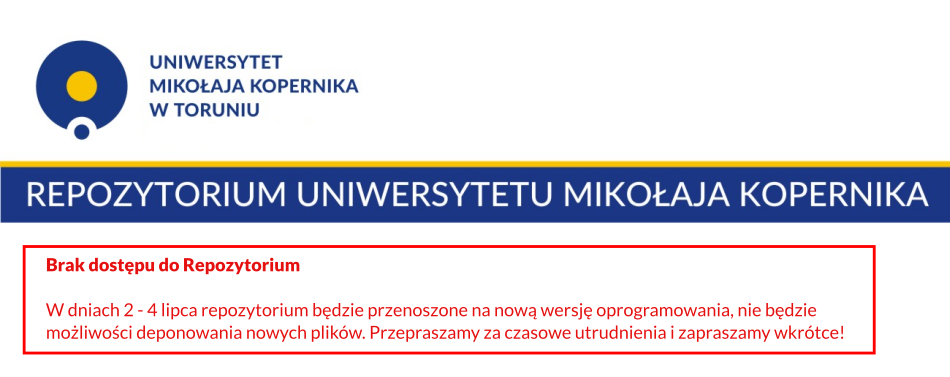| dc.description.abstract |
Cyber threats are a huge problem and a challenge for educators working in schools. As statistics show,
the probability of a specific threat varies with the age of the students. Younger children (owing to the
lack of mental and emotional maturity and awareness of threats) are more exposed to extortion, fraud,
cyber-pedophile attacks, misunderstanding of online messages, theft of personal data, or contact with
messages that are not adapted to their age. Older children - by establishing contacts with people they
do not know, they may become victims of such crimes as: extortion of funds, cybersex, pornography,
and prostitution, they may also be harassed or become victims of stalkers. These threats may be
transferred to the real life of a young person, resulting in depression and, in extreme cases, suicide
attempts. When establishing their first emotional and intimate relationships young people share their
personal photos that can be published or become the cause of blackmail. By participating in social life,
they comment, praise, but also ridicule, offend, and hurt the feelings of others. They are inspired by
fashion and behaviour promoted on line. Taking up online challenges, e.g. on TikTok, can result in bodily
harm, disability, and even loss of life. These threats and their physical and mental consequences may
be long-term and determine young people’s further lives and choices. In order to prevent the abovementioned
phenomena, preventive measures should be implemented in order to familiarize students
with the risks and ways of counteracting them. These measures should be undertaken as early as
possible by educating family and teachers.
The text of the article will present the results of a pilot study showing the state of teachers' knowledge
about cyber threats to which students are exposed. The research was carried out in 2021-2022 and
covered a group of 250 primary and secondary school teachers. On the basis of the research, the
authors prepared a report summarizing the state of teachers' knowledge about the risks to which
students are exposed in the Internet space. The text will define the areas related to the training needs
connected with the undertaken topic. |

